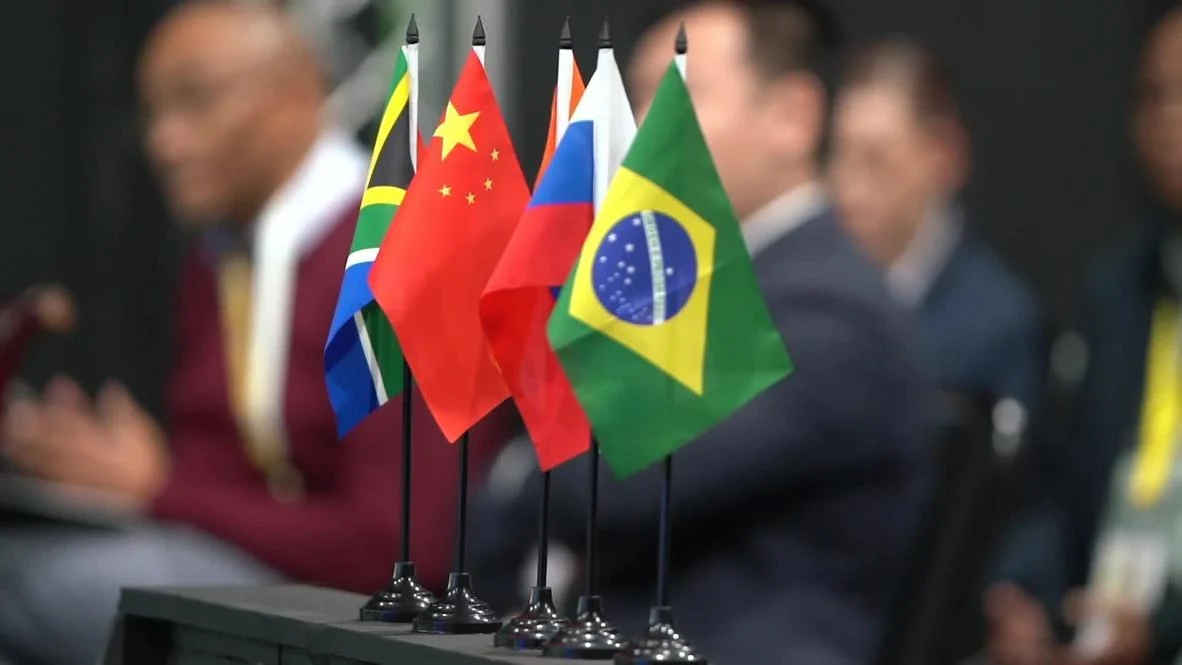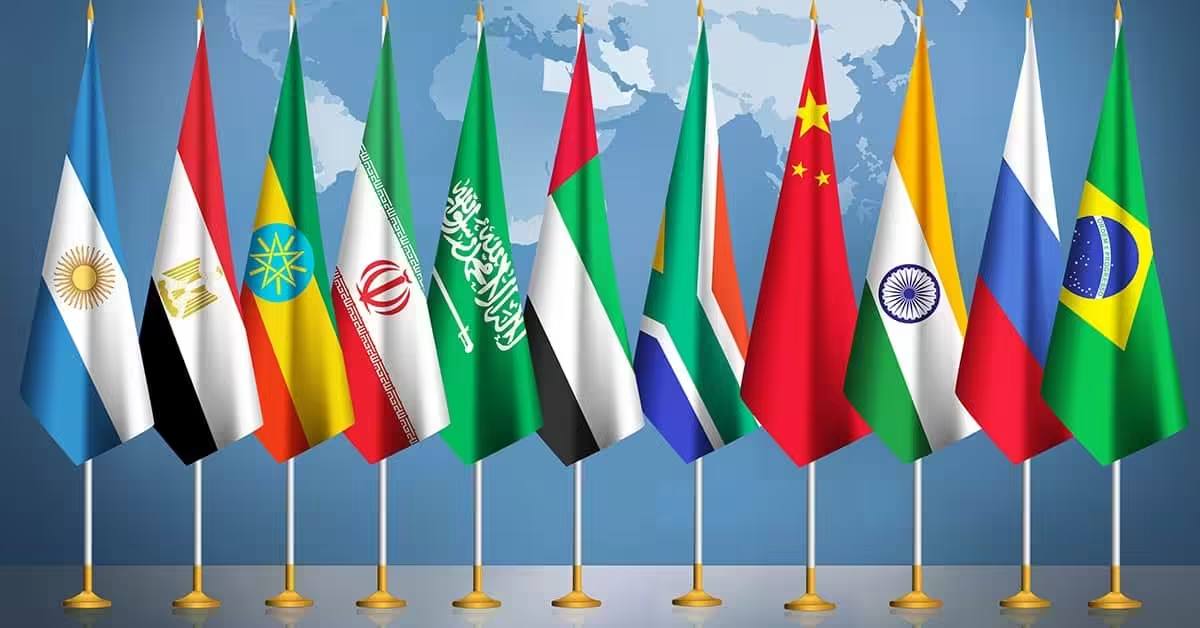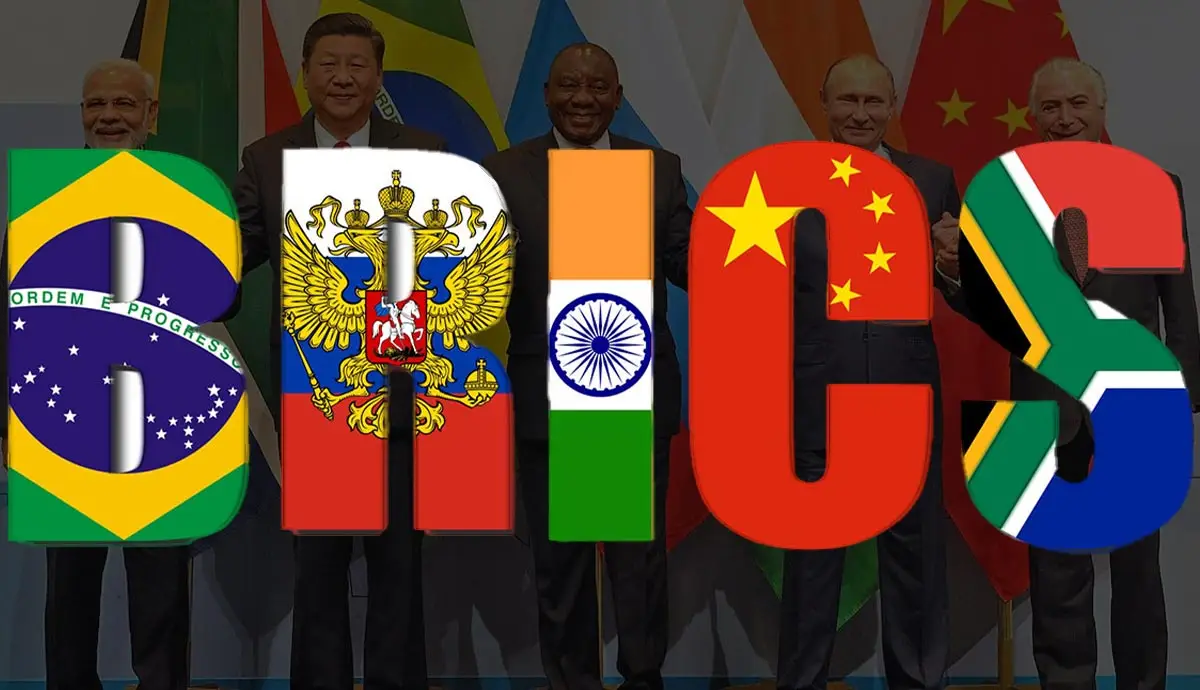In a significant announcement that reflects the complex dynamics of global trade, India has declared its intent to continue using the U.S. dollar for international transactions while also exploring alternative currency options. This comes at a time when the BRICS alliance, comprised of Brazil, Russia, India, China, and South Africa, is increasingly pushing for a reduction in reliance on the dollar, a movement commonly referred to as de-dollarization.
A Different Approach To De-Dollarization
India’s Foreign Minister, S. Jaishankar, clarified that the country does not aim to actively undermine the U.S. dollar’s dominance in global trade. Instead, he emphasized that while India will utilize the dollar for most of its international dealings, it is open to settling trade in local currencies with fellow BRICS nations. This dual approach aims to stabilize India’s position in the shifting landscape of international finance.
Despite the BRICS bloc’s ongoing initiatives to strengthen alternative financial systems, India’s cautious stance signifies a balancing act between maintaining traditional economic ties and gradually diversifying its trading partners. As developing nations express a desire to escape the grip of the dollar, India’s announcement has sparked discussions about the future of currency in international trade.
The Broader Context – BRICS and U.S. Economic Challenges
As BRICS nations move towards a more collaborative banking framework, the United States is reportedly facing significant economic challenges, with U.S. banks projected to absorb losses nearing $500 billion. This downturn is attributed to growing pressures for de-dollarization, as countries seek to establish financial systems less reliant on the U.S. dollar.
India’s declaration comes at a pivotal moment when developing economies are increasingly questioning the long-standing supremacy of the dollar. The move reflects a strategic choice by India to maintain its economic sovereignty while exploring potential alternatives that could enhance trade flexibility with its BRICS partners.
Jaishankar confirmed that India would consider using local currencies when trading with other BRICS countries, including Russia and China. This could pave the way for smoother transactions in a multi-currency landscape, promoting greater economic cooperation within the bloc. However, for most global trade, the U.S. dollar will continue to be the primary currency utilized, demonstrating India’s intent to maintain stability in its international dealings.
While India remains committed to the dollar, this nuanced approach of exploring alternatives indicates a keen awareness of the shifting global economic tides. As nations reassess their dependencies, India’s strategy might serve as a template for others grappling with the complexities of de-dollarization.
Also Read: XRP Price Dips To $0.5269 Amid SEC Appeal, But Adoption By BRICS And Japan Soars!
A Cautious Path Ahead
India’s announcement underscores a pivotal moment in international trade, highlighting the ongoing tension between traditional currency systems and the emerging trend of de-dollarization. As BRICS countries strengthen their economic ties and explore alternative currency frameworks, India’s commitment to the U.S. dollar serves as a reminder of the delicate balance nations must navigate in this evolving financial landscape.
As the world watches closely, India’s strategy will likely influence the broader discourse surrounding currency use in global trade, setting the stage for a new era in international economic relations. The future remains uncertain, but one thing is clear: the quest for economic autonomy is reshaping how nations approach trade and currency in a multipolar world.
Disclaimer: The information in this article is for general purposes only and does not constitute financial advice. The author’s views are personal and may not reflect the views of Chain Affairs. Before making any investment decisions, you should always conduct your own research. Chain Affairs is not responsible for any financial losses.





